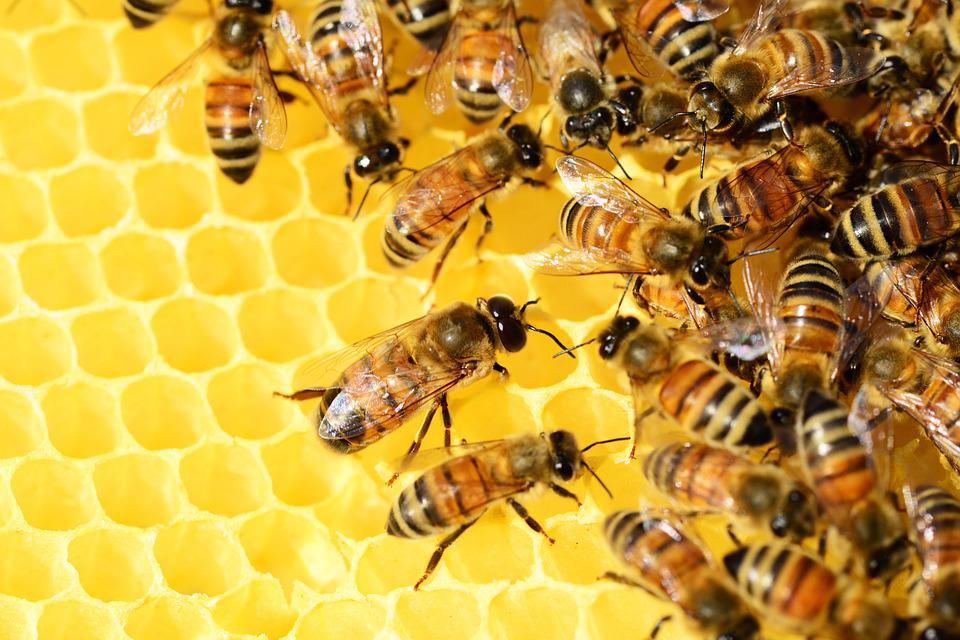Scientists at WSU have created a prototype memristor using honey from bees. A transistor is a good analogy for a memristor. It’s an information storage and processing device that looks and acts like a human brain.
If you’re looking for a way to reduce your carbon footprint, this may be it. When we talk about neuromorphic, we mean that it can mimic the neuro-biological structures seen in the nervous system, such as the way neurons operate. Even while this is conceivable, the human mind is still much more formidable than this bio-based device. We understand that machines are able to process massive amounts of data in one shot, but they will still trail behind issue analysis in terms of speed and efficiency.
Neuromorphic computing, on the other hand, is a major achievement in connecting the human mind to a specific technology. Indeed, mimicking a human system’s near-structure is astounding, and this may be used to build the finest machine.
The researchers used real honey in the development of this element. Before being placed between 2 metal electrodes, it underwent a process of crystallization. Astonishing processing power was discovered, which qualifies it for inclusion in the category of “neuromorphic computing.” Because it is biodegradable and environmentally beneficial, its disposal is no longer a concern.
Honey has no expiration date. Bacteria cannot thrive in it because it has a very little water content. If this holds true for a long period of time, then these chips will be extremely robust and trustworthy. Water dissolves these naturally-made computer chips. Honey has a unique quality that makes it an ideal element for the development of a new generation of biotech inventions.
Future neuromorphic designs will need hardware resources that can not only mimic the basic functions of a biological synapse but also degrade naturally, according to the scientists.













Leave a Reply